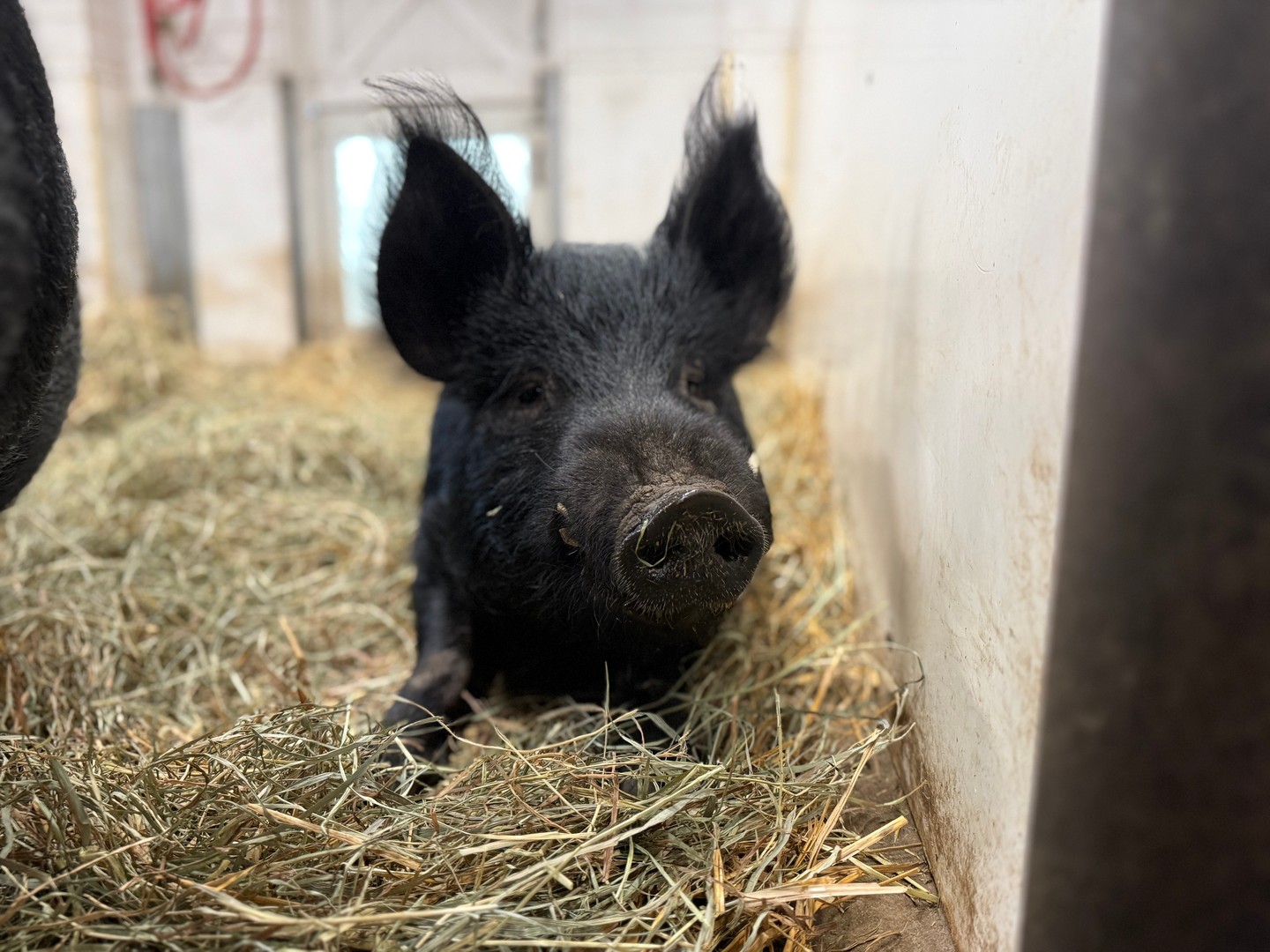- Animals at Lincoln Park Zoo can choose their habitat environment, promoting welfare and natural behaviors.
- Temperature-controlled spaces ensure animals’ comfort and health, reflecting modern zoo management practices.
- Understanding animal behavior is crucial for effective zoology and wildlife conservation.
- Behind-the-scenes areas support conservation efforts and research activities.
- The zoo’s approach highlights the importance of ethically managed animal habitats.
Animals at Lincoln Park Zoo have the autonomy to decide where they spend their time, a feature critical in promoting welfare and mimicking natural habitats. This freedom is an integral part of contemporary zoo management, designed to enhance the well-being of animals and allow their natural behaviors to flourish. Providing environments where animals can make choices about their surroundings is a hallmark of progressive zoological practice.
The zoo’s design includes temperature-controlled, indoor spaces, allowing animals with outdoor habitats to seek shelter away from extremes in weather. This capability not only supports physical health but also provides mental enrichment by offering varied environments. Such advancements echo the zoo community’s commitment to providing living conditions that support both comfort and the exhibition of species-specific behaviors.
Lincoln Park Zoo’s strategy is illustrative of the broader principles of ethology—the study of animal behavior. Keeping animals in environments where they can engage in natural behaviors assists in research and education. Observing these behaviors helps zoologists and researchers develop deeper understandings of animal needs, informing both in-zoo management and broader conservation strategies. It also educates the public, fostering appreciation and advocacy for wildlife.
The behind-the-scenes areas at Lincoln Park Zoo are more than just comfort zones. They play a pivotal role in research and conservation efforts. These spaces often facilitate breeding programs, veterinary care, and critical research that might not be possible in public view. By providing areas for these activities, Lincoln Park Zoo contributes to the preservation of species and the development of scientific knowledge that impacts global conservation efforts.
Overall, Lincoln Park Zoo’s approach underscores the importance of ethically managed animal habitats within zoological facilities. By prioritizing animal welfare, enabling natural behavior, and supporting research and conservation, the zoo serves as a model for responsible animal care. This method of zoo management exemplifies how institutions can balance educational goals with the imperative to respect and support the life quality of the animals with which we share our planet.
In summary, the strategic architecture of Lincoln Park Zoo not only supports sustainable and humane animal care but also plays a critical role in global conservation. With Petey the pig as a charming example, the zoo demonstrates the profound impact of offering animals choice and control over their environments. This initiative is an essential step towards ethical and effective wildlife stewardship, spotlighting the significant role zoos play in fostering both conservation and education.
*****
Source Description
Can’t find an animal? They might be hanging out behind the scenes!
Animals at Lincoln Park Zoo have choice around where they spend their time, and animals with an outdoor habitat have a temperature-controlled, indoor, behind-the-scenes space that they can access at any time.
🐖 Petey the pig
📸 Chris G


